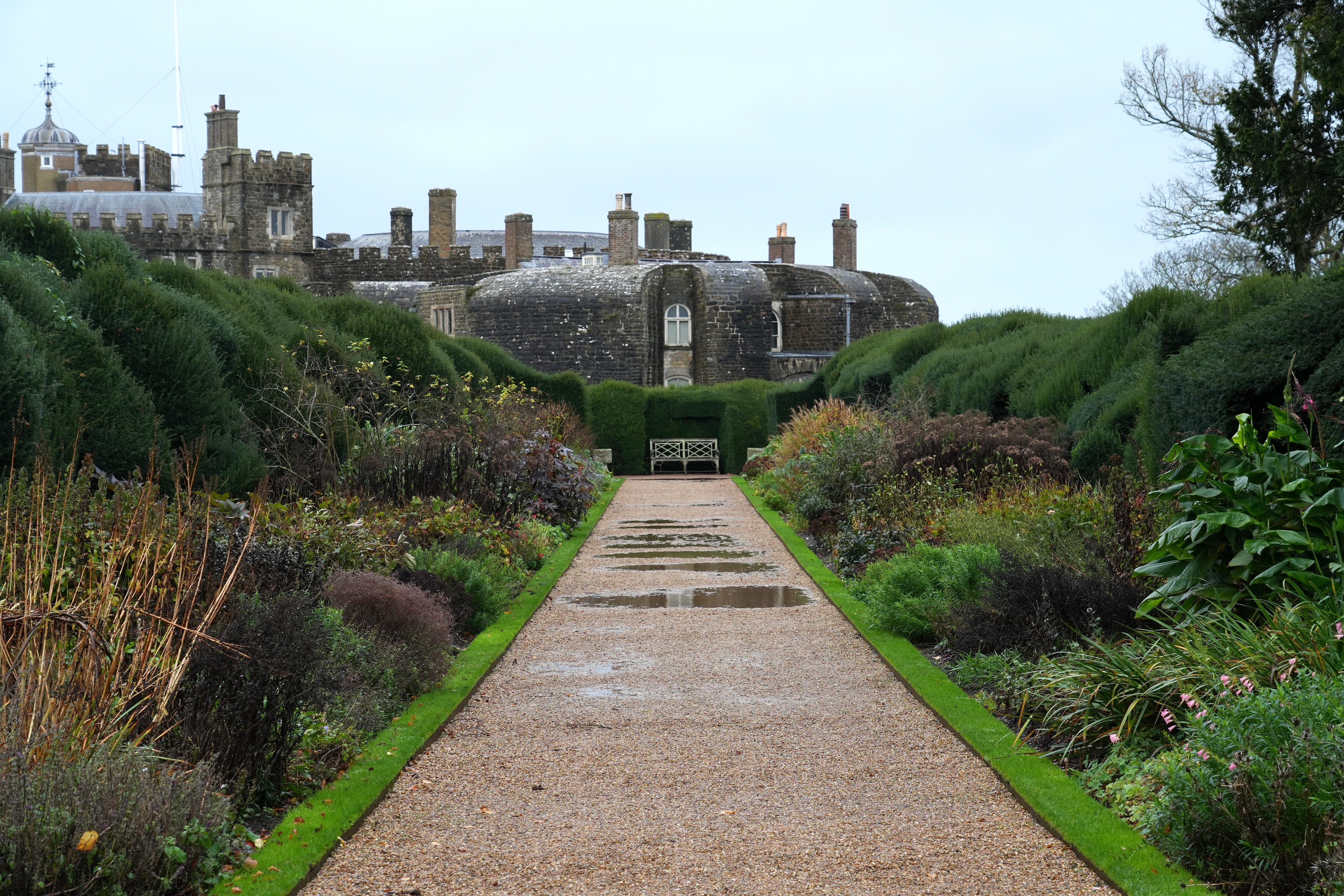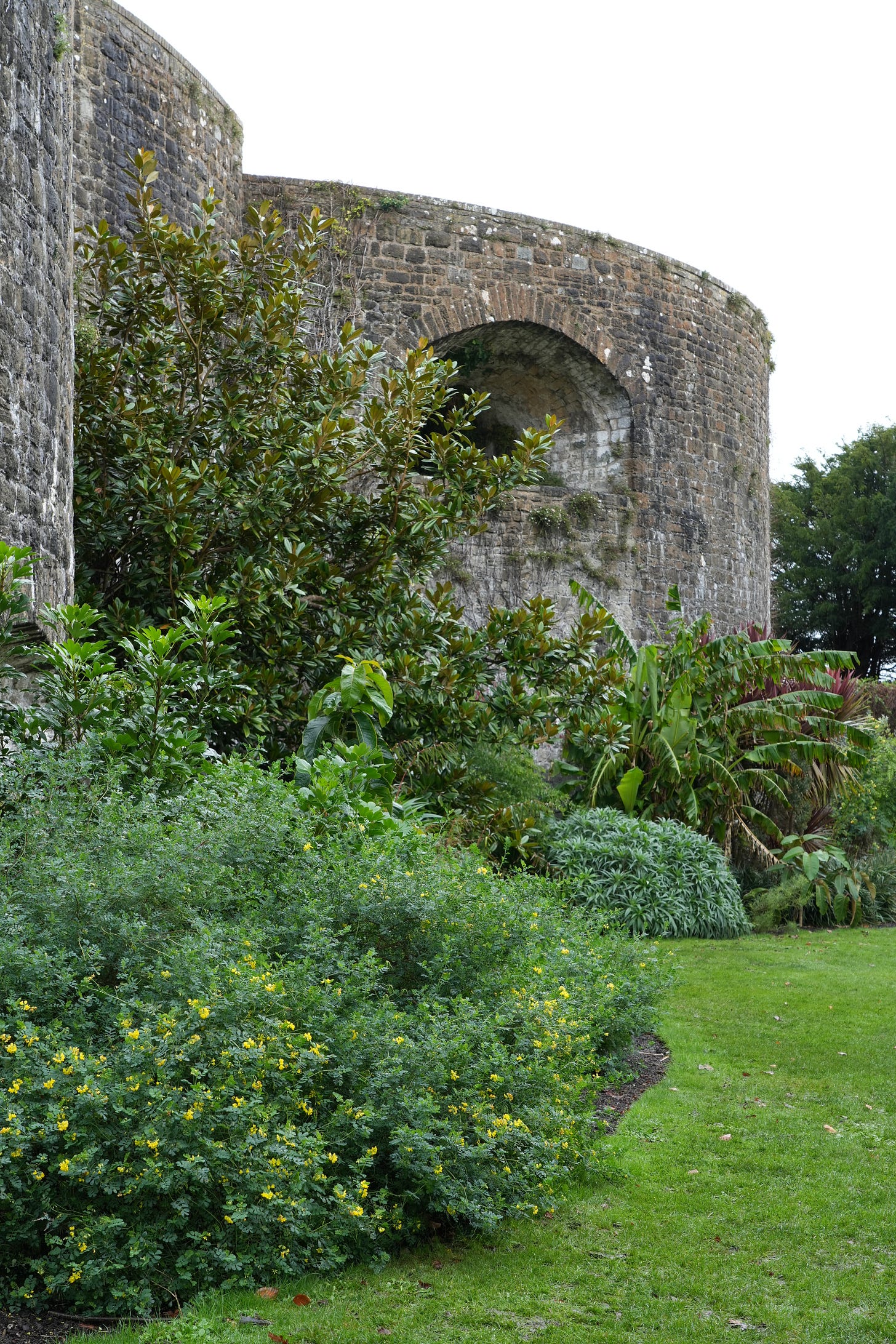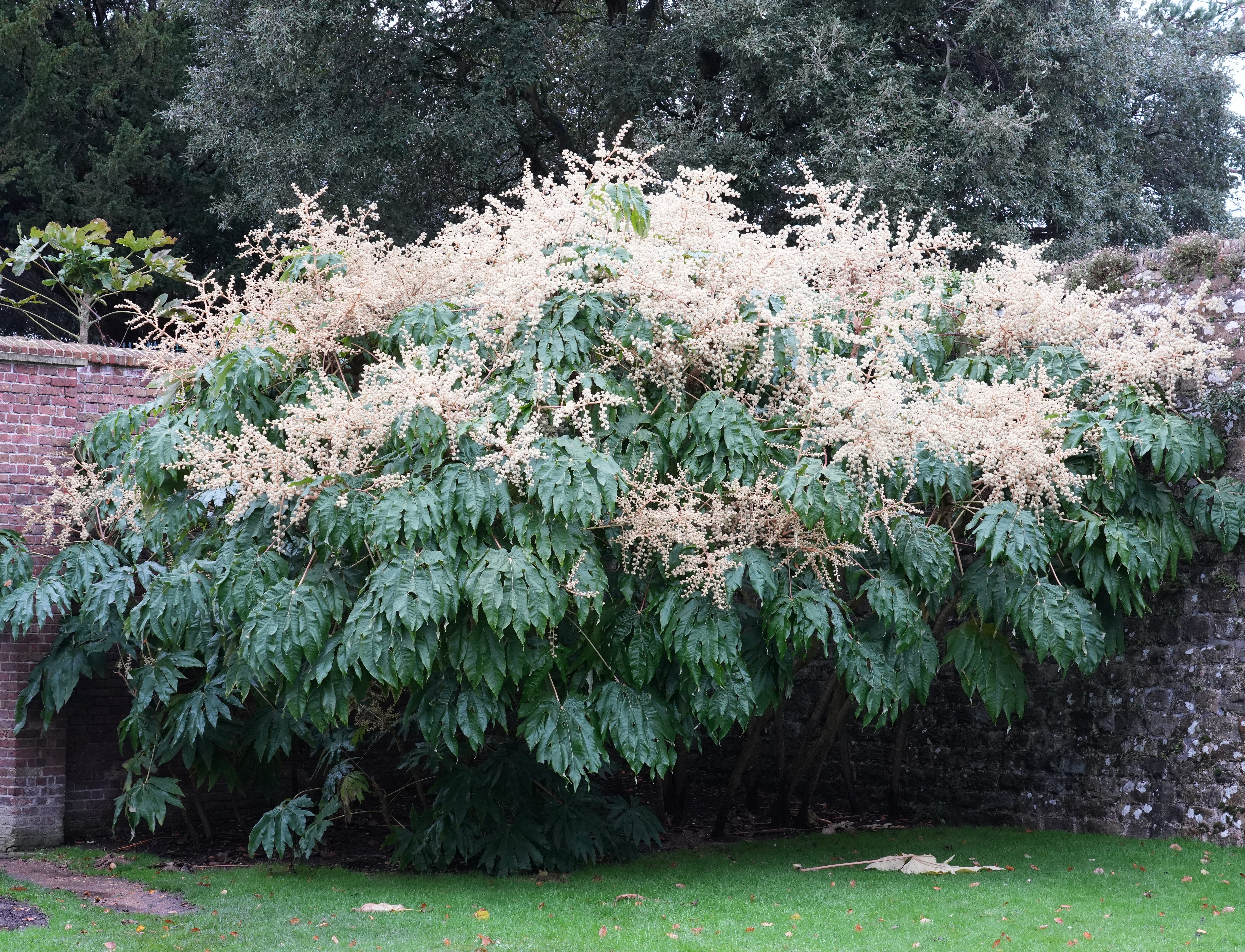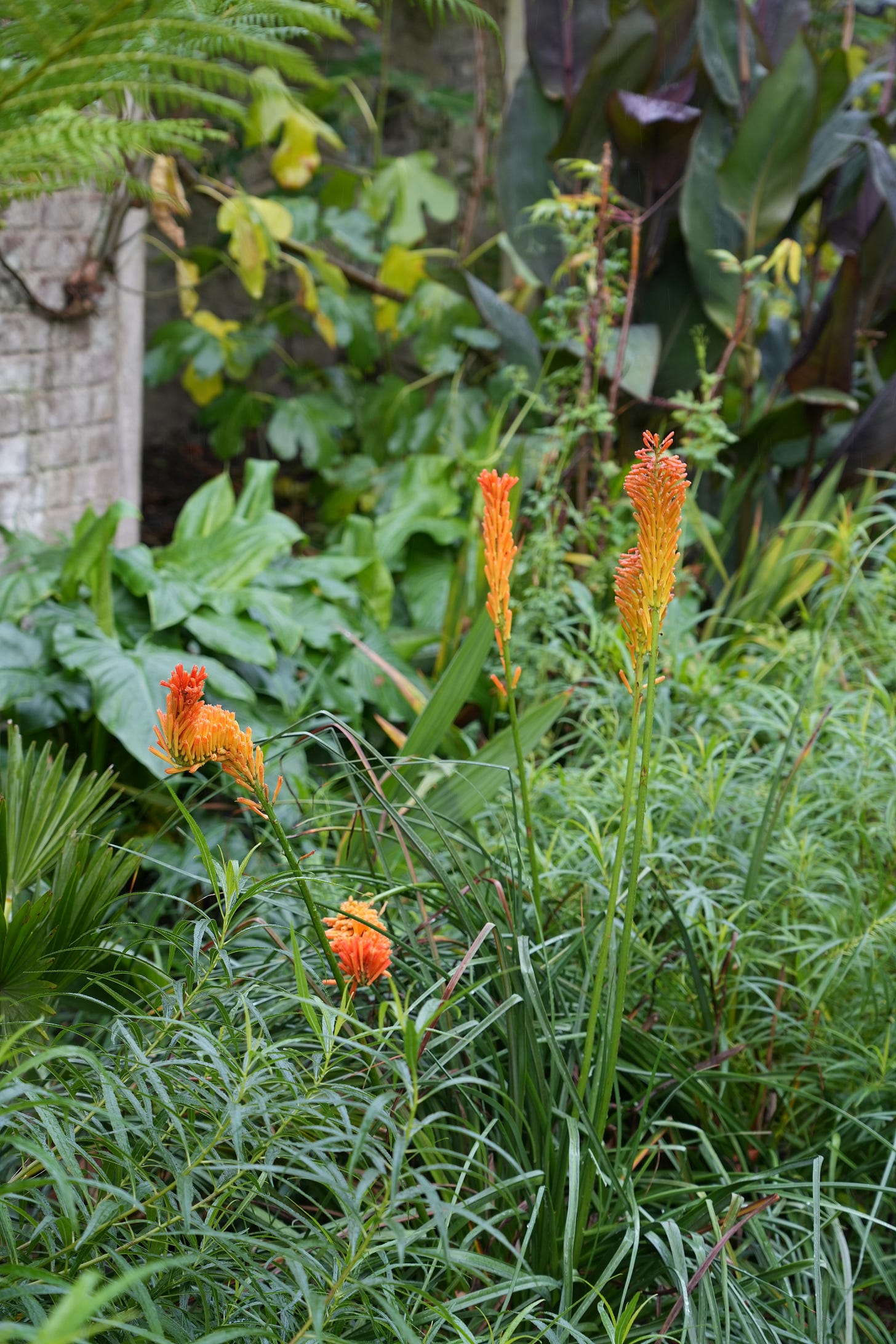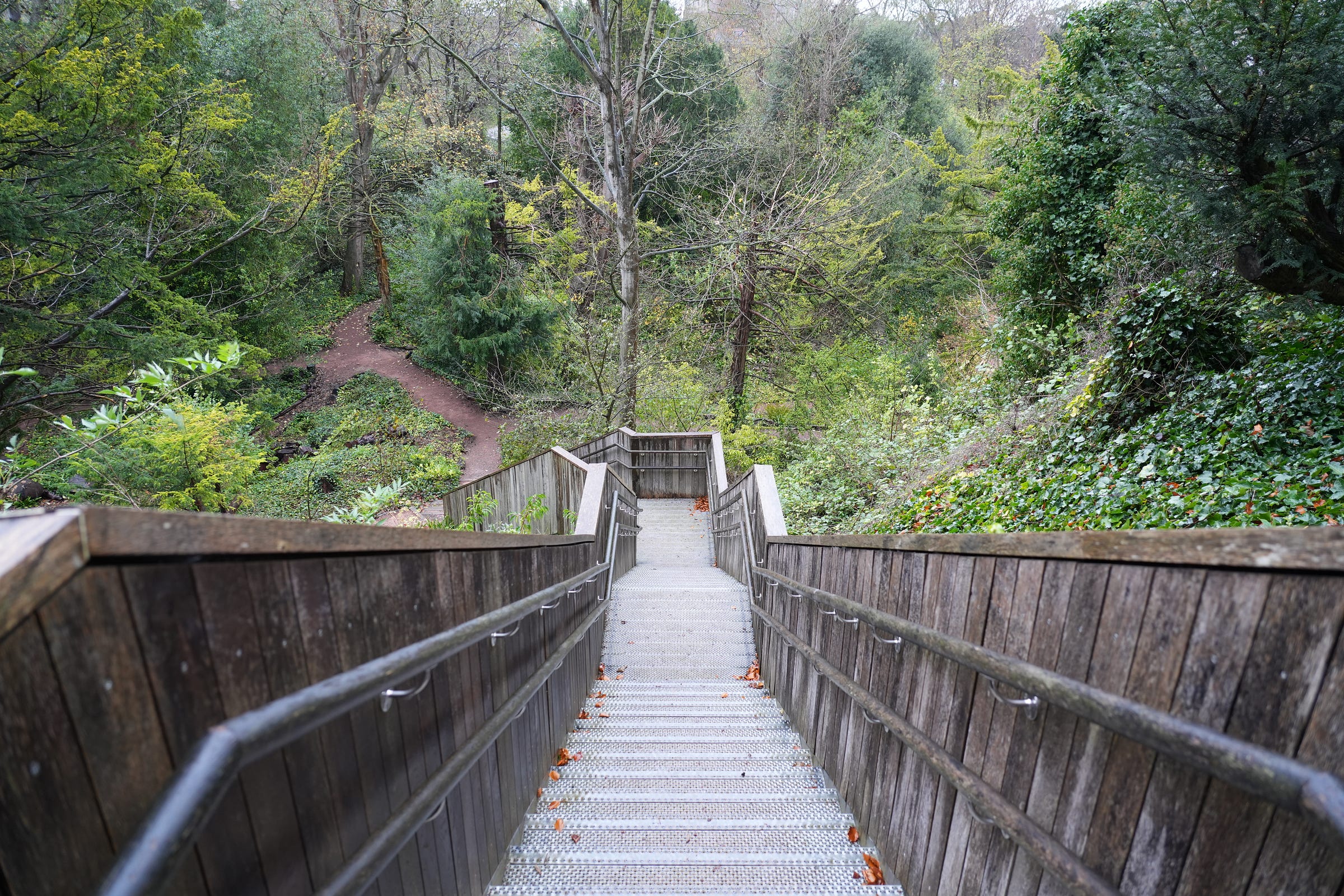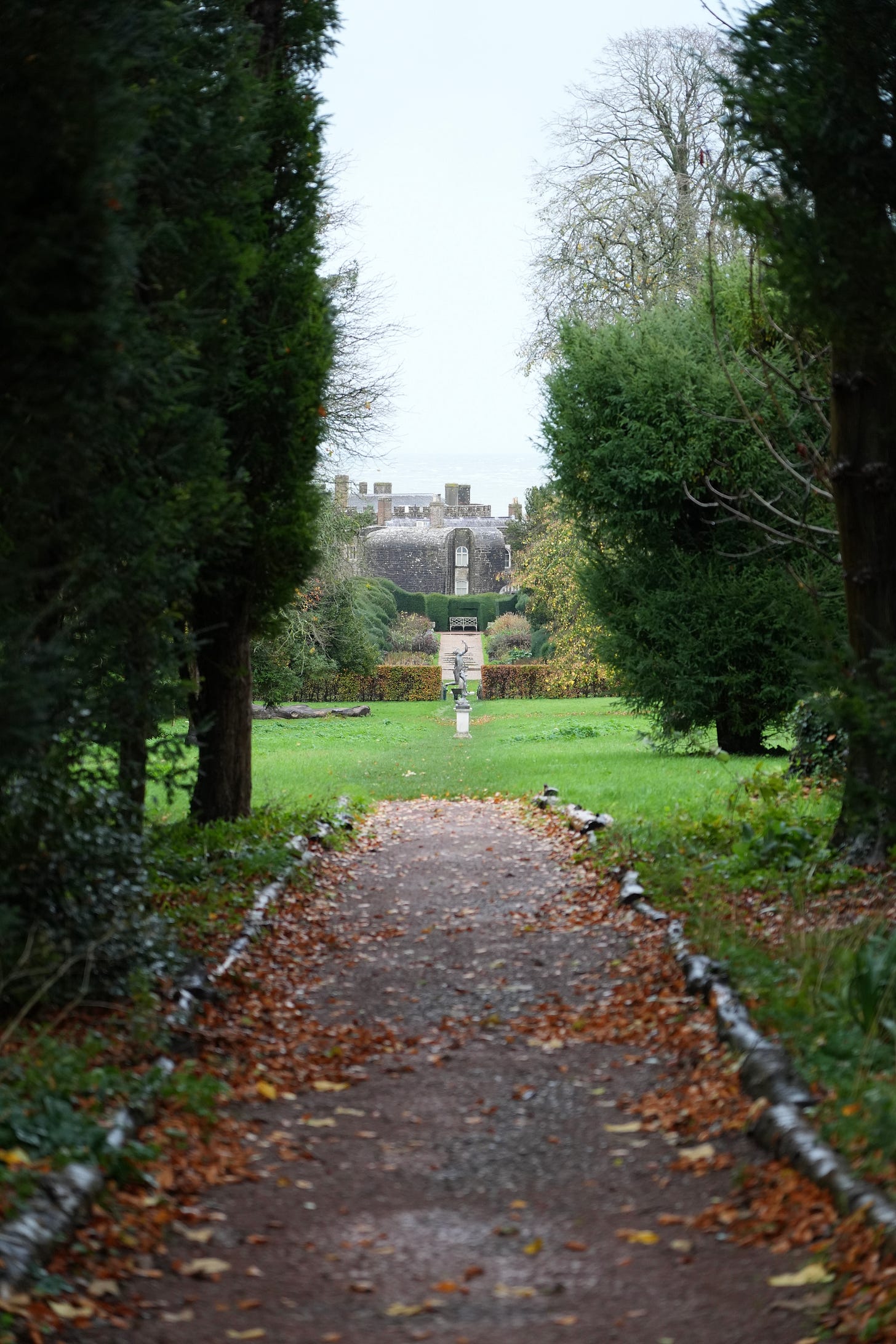A new heritage at Walmer Castle
Exotic grandeur to globally rare shingle beach habitat restoration
On a rainy day in late-November, I discover one of the world’s best kept secret gardens at Walmer Castle in Kent.
Arriving in sweeping torrential rain and freezing temperatures, it’s fair to say I’d chosen the worst day imaginable to visit this unusual castle and garden run by the charity English Heritage. Located on the far edge of south-east England, directly on the banks of a shingle beach front, it’s the unexpected shape of the castle that first strikes me.
“It’s a clover,” head gardener Philip Oostenbrink tells me, “with four rounded bastions around the central keep.” Both the roof and walls are curved, with beautiful stone arches to the canon windows too.
An old artillery fort constructed under Henry VIII, Walmer Castle has housed various royals and notables over the centuries including Queen Victoria and the Queen mother. Duke of Wellington lived and died in Walmer Castle - I even saw his Wellington boots! (Read more about Walmer Castle on the English Heritage site).
Five years ago head gardener Philip Oostenbrink, a world expert on foliage and hardy-jungle plants, joined and expanded the garden team at Walmer Castle. I was lucky to spend some time with the gang as they planned their winter tasks while we huddled inside from the downpour.
Everyone was incredibly friendly and I loved hearing how they had been working tirelessly in recent years to restore areas of the castle gardens back to the original vision. Including restoring the entrance drive with its intended clumps of holm oaks instead of a formal avenue. Another area designed for the late-Queen mother by Penelope Hobhouse is currently being returned to its original vision too.
At the same time the team are introducing new elements for visitors to meet modern demand. An expanded snowdrop collection and excitingly the National Collection for Walmer’s various cultivars of supersized Tetrapanex. I was also very keen to hear about habitat restoration happening around the estate, which I’ll come to later.
Juggling both heritage with keeping a garden moving to attract visitors is a tough act but they are tackling it with enthusiasm - which to me is perhaps the most exciting aspect of the garden. With such an invested team you know the garden will go from strength-to-strength.
One of the stars is the main avenue borders - which still had plenty of structure even in November - flanked by two beautiful cloud pruned yew hedges which Lisa tells me is a year-round task to maintain. The garden team recently restored the focal point ‘key hole’ gap in the far woodland. A huge amount of work but it’s paid off, to my eye the light of the key hole elevates the entire scene and I cannot wait to come back in summer to see the borders in their full glory.
The grounds are large and yet each area feels humble and relatable in size. Everything does exactly what it needs to without feeling over-the-top.
Except perhaps the deliberately off-the-scale jungle moat. Always a dry moat intended for shrubs and trees, Philip - author of The Jungle Garden - saw an opportunity in its sunken microclimate to grow a collection of exotic rarities. And it’s a showstopper.
In recent years - partly driven by moving to colder West Yorkshire - I’ve been really focussed on wild plants but Walmer Castle’s jungle moat reminded me of my lifelong love of exotic leaves and flowers. It’s hard not to be wowed by the hundreds of unusual species in the moat.
It’s a smart move, to grow exotic foliage plants down here where they feel removed from the world above. Philip and the team planned the planting to frame many of the castle’s more unusual features including the rounded cannon windows.
The moat is large enough to house many large leaved hardy foliage plants including multiple different cultivars of Tetrapanex from Taiwan and southern China. Nick was recently awarded National Collection holder status by Plant Heritage for the plants in the jungle moat.
This is the fifth National Collection of plants in the team’s care, Philip has four collections at home for Aspidistra, Boehmeria, Ophiopogon japonicus and Hakonechloa. He explains that Tetrapanex are “a member of the Araliaceae family alongside Fatsia, their flowers are hugely popular with insects at this time of year - and the sprays on some of the cultivars are huge!”

The more I look at the foliage borders the more I spot, Philip sharing a bewildering number of names of plants I’ve never heard of.
I knew I was pushing my luck in late-November and yet much of the jungle moat still looked fresh. With enough splashes of colour. Quite remarkable really.
The architecturally beautiful castle is enhanced by the large leaved foliage plants because of their scale. I’ve always felt exotic foliage in the right place, such as this, can lift a building and transport visitors.
Many of the plants I remember first seeing in Philip’s private garden many years ago - when he used to open it to raise money for the National Garden Scheme charity - including the late upward flowering Kniphofia uvaria ‘Erecta’. Its warm glowing orange perfectly at home in the Jungle Moat.

Various Dahlia imperialis, the tree dahlia, are dotted around the moat - some the species, others cultivars - impressive in their 4-5m size and the fact they are in full flower oblivious to the winter chill.
Philip mentions they had a recent visitor at the castle, King Charles. When I asked if he met the King, Philip says, “I showed him around! He was really interested in the garden and sent me a letter to say thank you for the tour.”
After seeing the large kitchen garden, jungle moat and main walk, we head up toward the woods that hold the keyhole. “These meadows are rich with biodiversity,” Philip knows my interest in wildflowers too well, “we have many different orchids, including pyramidal, bee orchid and others. Down on the beach we’re restoring we even have a lizard orchid.”
Lizard orchids, Himantoglossum hircinum, are one of my favourite wildflowers. Widespread across mainland Europe, they are rare in the UK and primarily found along the shingle beaches on this south eastern part of the coast. They are large flowers, often up to 60 - 90cm tall. Apparently they smell of goats though I haven’t noticed that… their individual flowers really do look like lizards.
I hadn’t appreciated quite how much habitat restoration the team are working on at Walmer Castle. They’ve been busy restoring the meadows near the entrance, which are also full of orchids and other important wildflowers.
In the extensive woodland, which has become overrun with yew shading the ground, they’ve been coppicing and pollarding some of the trees to open the canopy to increase biodiversity for native woodland species, especially ground covers and shrubs for wildlife. The woodland is a stronghold for the endangered stag beetle.
One of my favourite parts of the garden is the Glen which Philip informs me is an old chalk quarry. “No wonder you have so many orchids here,” I say connecting the dots that Walmer Castle is of course a short drive from the White Cliffs of Dover.
Many British orchids enjoy nutrient poor chalk calciferous soils, and I immediately start to see many harts tongue ferns, Asplenium scolopendrium. We both take a moment to admire how enormous and tropical they look, despite being indigenous to the UK.
As beautiful as the Glen is, it’s a challenge for the team due to the access down the steep steps. “I have a love hate relationship,” jokes Luke, “it’s a beautiful spot but it is really hard work taking tools in and out.”
Walking back from the woods, the view from the key hole back down to the rounded castle with the sea immediately behind it is stunning. Philip suggests we walk down to the beach, and we pass the team hard at work planting spring bulbs and preparing the gardens for 2026.
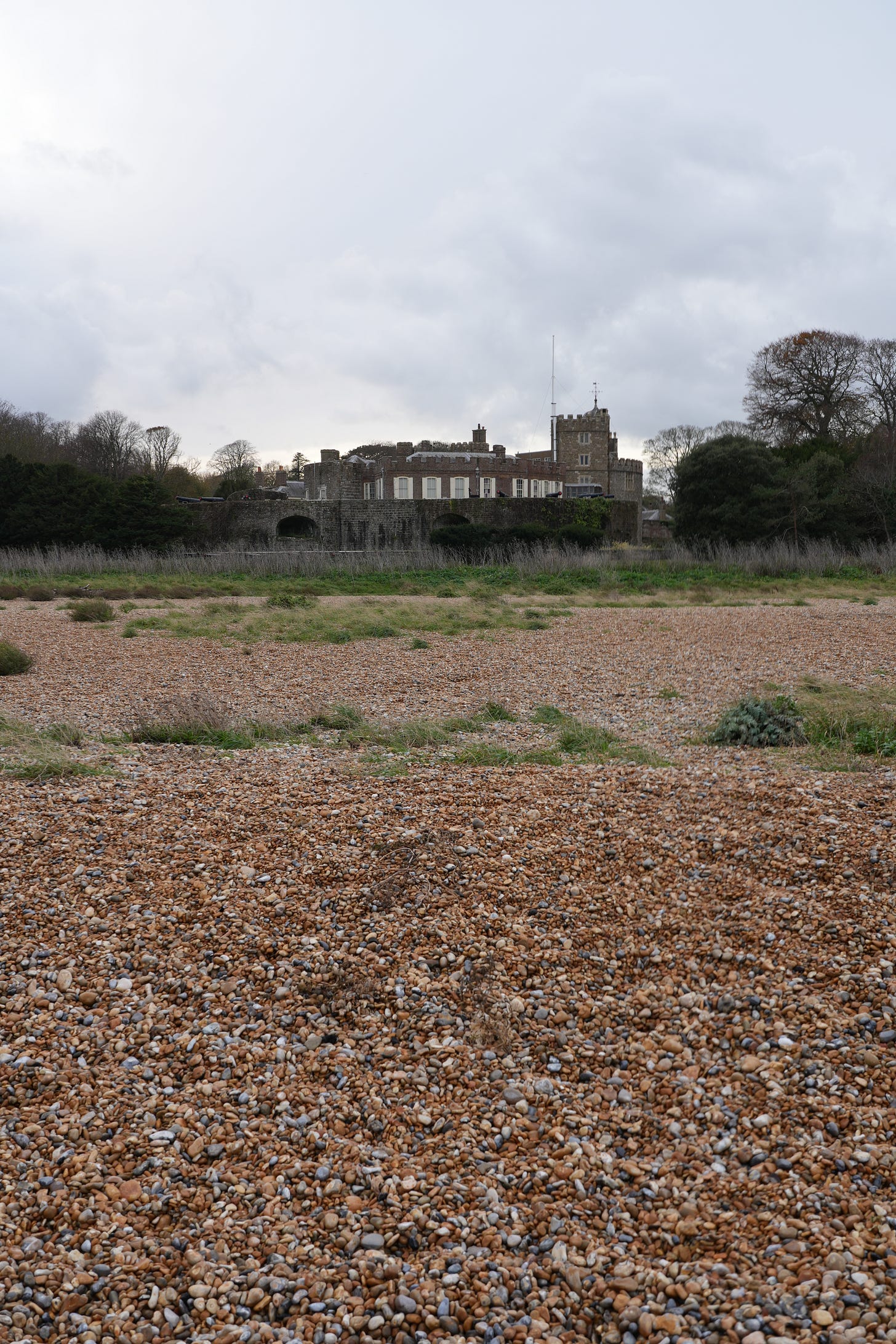
“We removed a number of holm oaks from the shingle beach,” Philip tells me, “which was a big decision but they are an invasive species that likely self-seeded from the gardens. By removing them, we’ve increased the natural shingle biodiversity.”
I’m so glad to hear this, too often people think trees are the answer to everything but all types of habitat are essential to nature and for carbon sequestration. Here the team are taking the opportunity to do something incredible by striking the right balance with meadows, woodland, scrub and their unique slice of precious natural shingle beach.
It strikes me how important gardeners are - so many are busy working hard in gardens like Walmer to restore natural habitats. Not only are these restored habitats beautiful to us, they are critically important at this time of wildlife loss.
As we stand on the beach with the Atlantic Ocean lapping at the shore, I look down to the white cliffs in the distance. This is a magical spot and I’m already planning to revisit to see the garden team’s progress.


